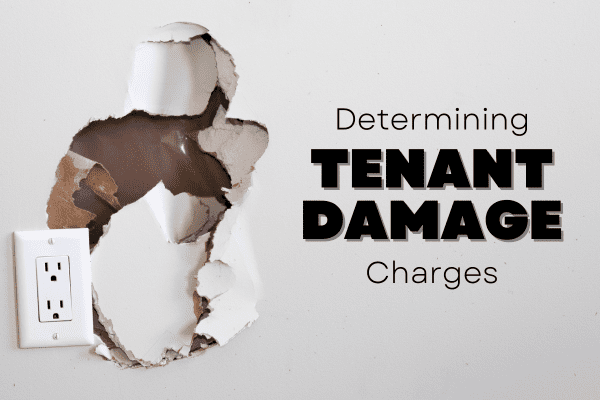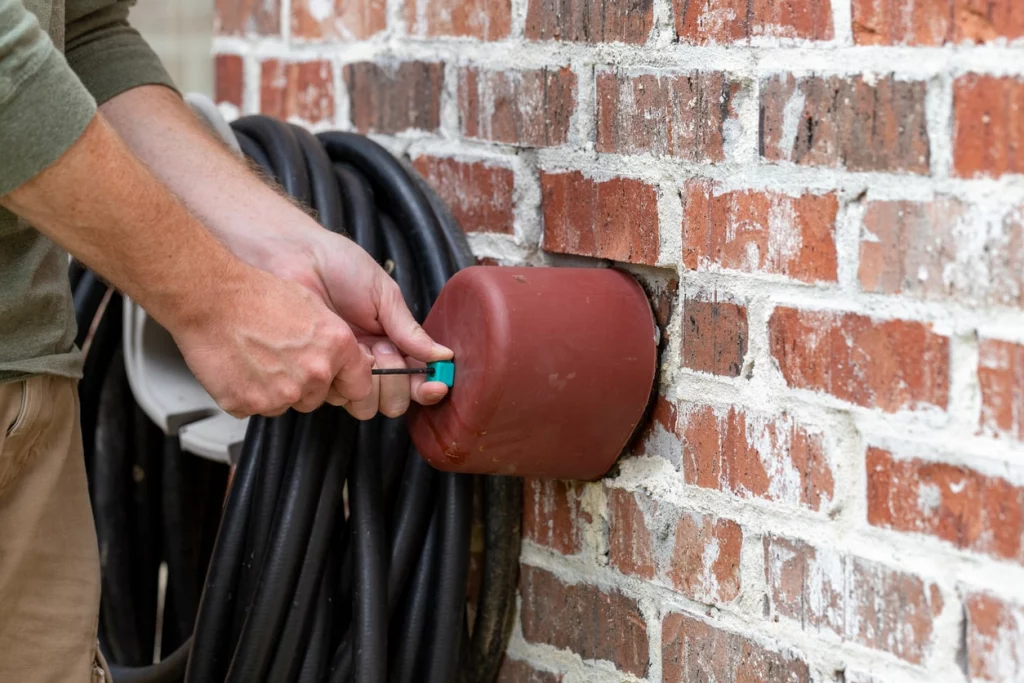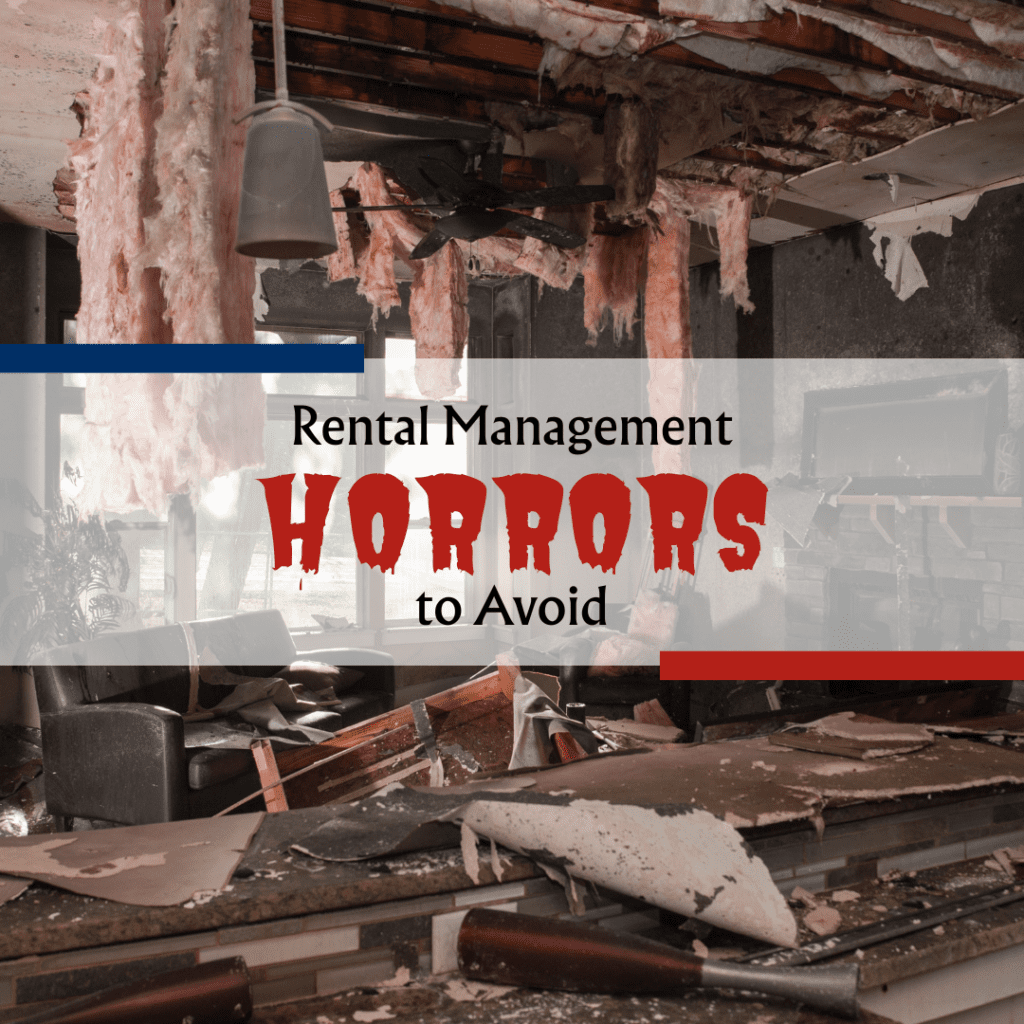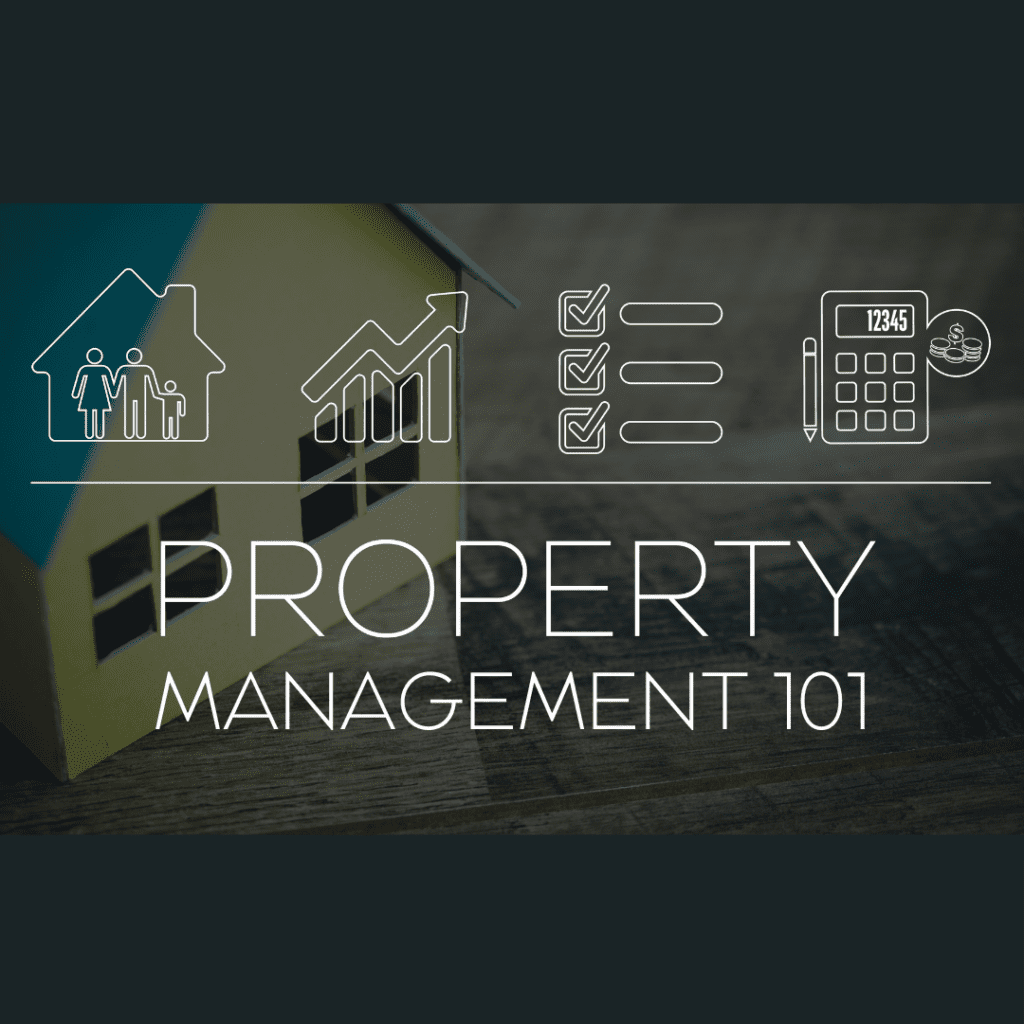Tenant damage. It’s a phrase that triggers nothing but headaches and dollar signs for many rental property owners. The reality is that tenant damage is just another part of owning a rental property. It’s unavoidable but knowing how to properly assess the condition as well as what can be charged can help alleviate some of that stress. So when it comes to determining tenant damage charges for your Broomfield rental, here are a few things to take into consideration.
How Much Can I Charge for Tenant Damage?

Damage or Normal Wear and Tear
Before you can charge for tenant damage, you must determine if damage has actually occurred. Tenants cannot be charged for items classified as normal wear and tear, or the ordinary deterioration that comes with everyday usage. Small stains on the carpet, scuffs on the walls, discolored blinds due to sun exposure, or standard nail holes are just a few examples of ordinary wear and tear. Damage, however, is deterioration that occurs as a direct result of abuse or neglect and exceeds what is considered normal usage. Burns or holes in the carpet, broken bathroom mirrors, or holes in the middle of doors, for example, are classified as damage. Wrongly charging a tenant for items considered normal wear and tear comes with hefty consequences. Be sure to evaluate each charge before proceeding.
Prior Condition
One of the biggest arguments tenants make when charged for damages is “It was like that when I moved in.” In some cases, they’re right. Tenants can’t be charged for preexisting damage, and nor should they be. For that reason, landlords and property managers need to complete a thorough move-in inspection before tenants take possession. Doing so creates a necessary “before” picture to refer to when they move-out. Document the condition of the home between tenants thoroughly, taking lots of pictures of both the room overall and of any damages specifically. Just be sure to use reference points such as windows, doors, or outlets when taking close-ups of any damage to avoid any confusion.
Determining the Cost
Once you’ve determined that tenant damage has occurred and wasn’t preexisting, you can start to figure out the actual cost to withhold. This is where things can get tricky. Before you begin, you need to consider a few things. The age of the item, the useful life, the total time and cost of the repair, the original condition, and whether you plan to complete the repairs yourself or hire a professional all play a role in how much you can charge. Taking these factors into consideration will help you better determine what amount the tenant is responsible for.
Itemized Lists and Details
After determining the total for tenant damages, you must provide them with an itemized statement showing what has been charged and why. Break down each of the charges as much as possible to avoid confusion and provide a detailed description of the damage and necessary repair. This is also where before and after pictures come in handy.
Handling tenant damage poses a lot of challenges. If done incorrectly, you could end up paying damages yourself—treble damages and court costs to be precise. If you’re unsure whether or not you can charge your tenant for a certain repair, consult the experts. The team here at Real Property Management Colorado specializes in property management; it’s all we do! Our streamlined property management services take the burden of determining charges off your shoulders so you can rest easy knowing your investment is in expert hands. Contact us today to learn more!





